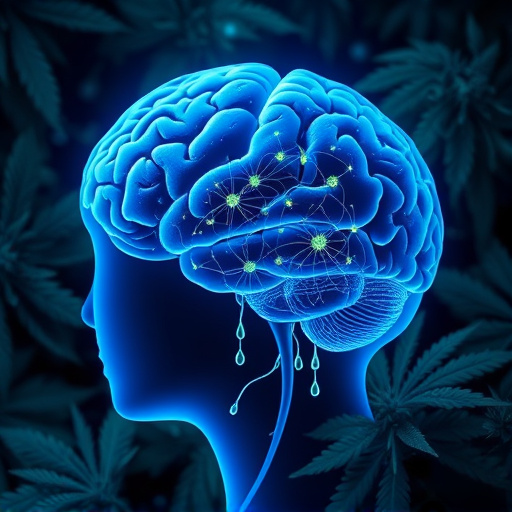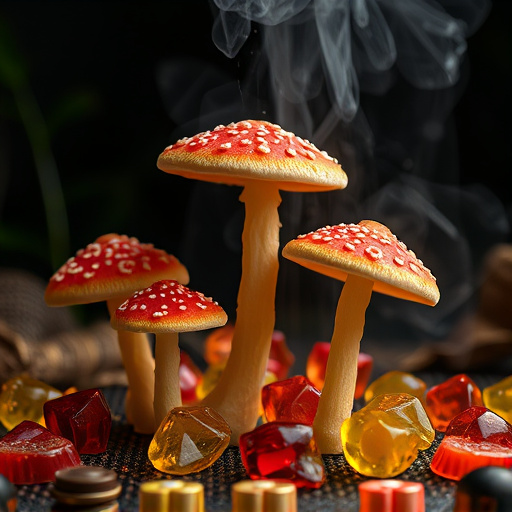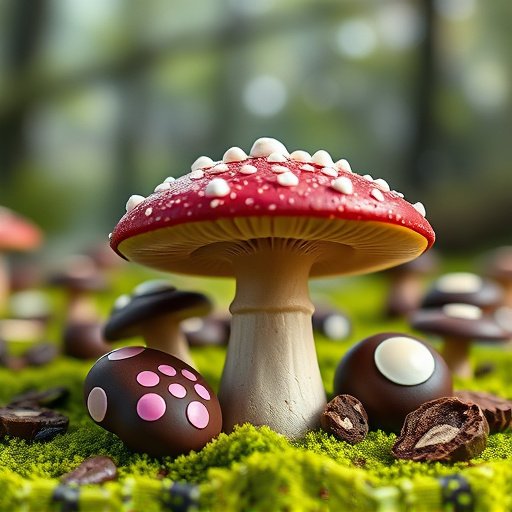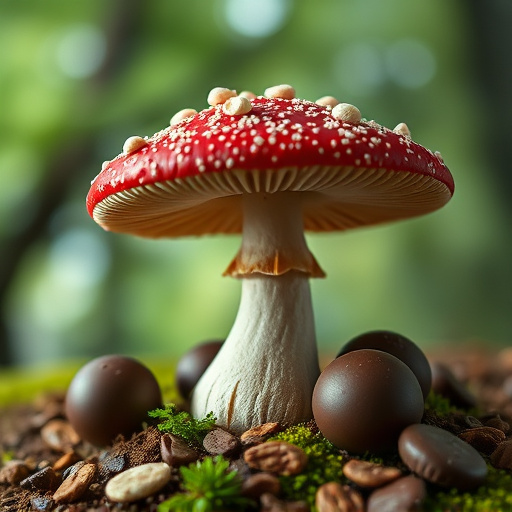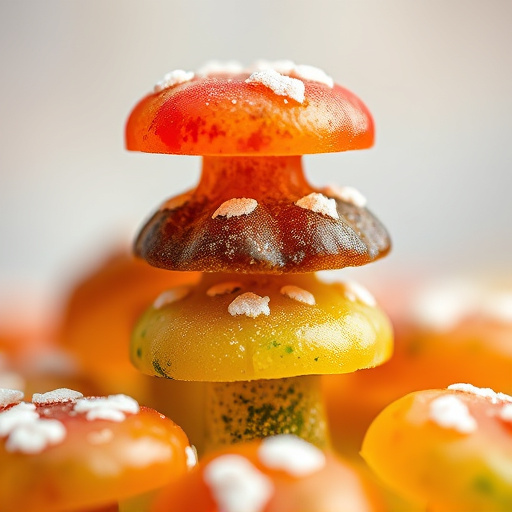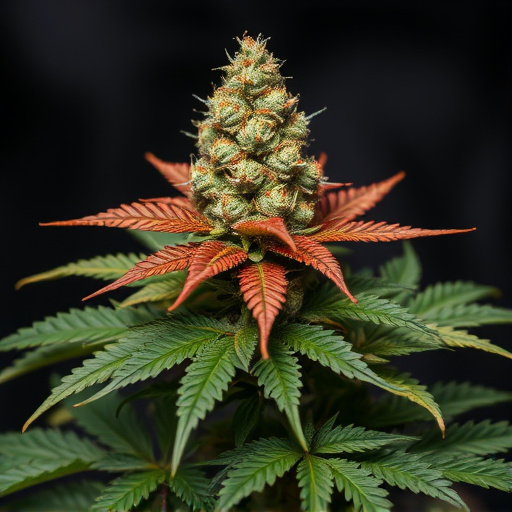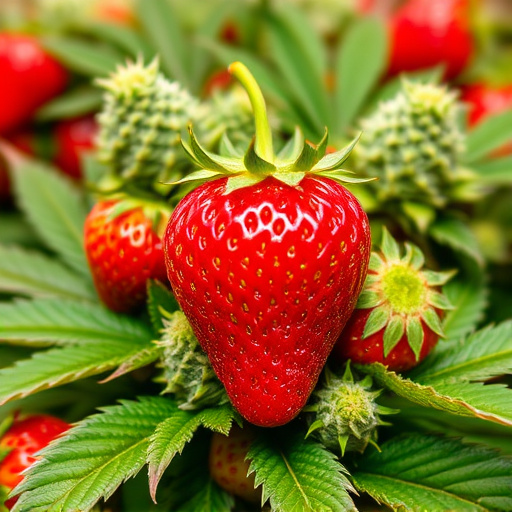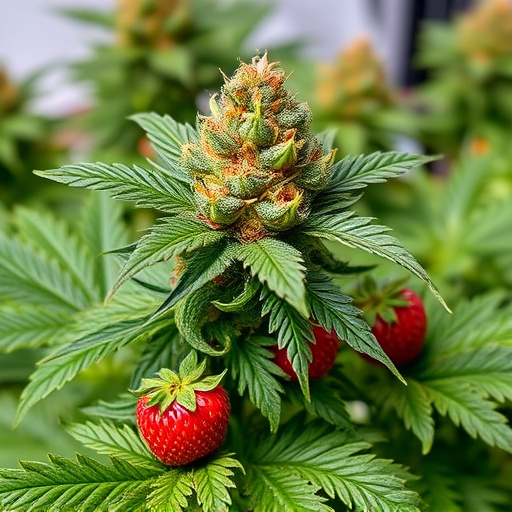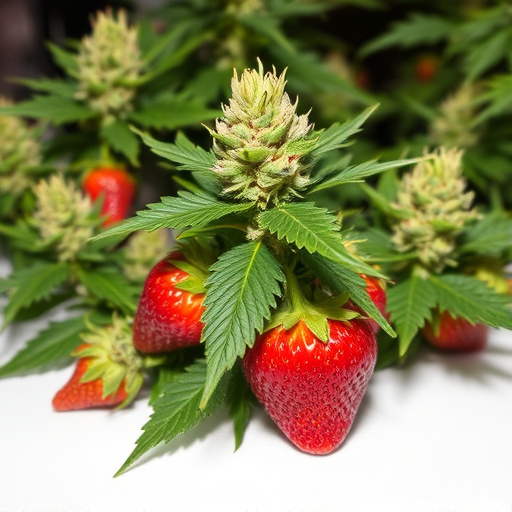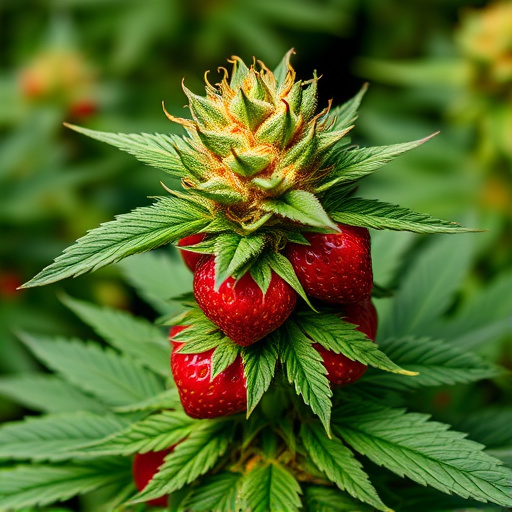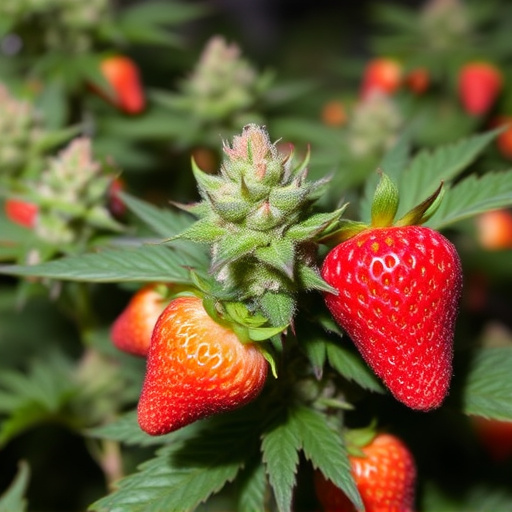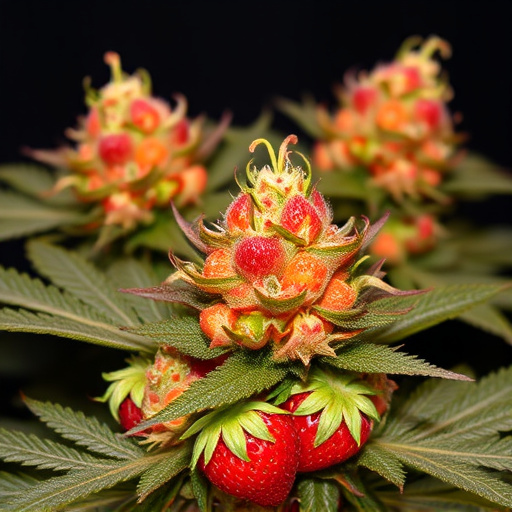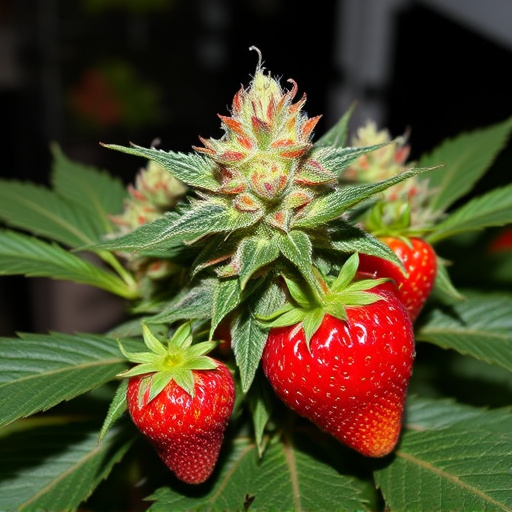Trichomes, microscopic glands on cannabis flowers, are vital for strawberry strain potency and unique aroma/flavor (terpene) profiles. These glands produce cannabinoids like THC and CBD offering therapeutic benefits. Understanding trichome density is key for cultivators enhancing product quality and providing consumers informed choices based on desired effects and flavor preferences.
Trichomes, those tiny hair-like structures covering cannabis plants, are key players in determining potency. They produce a range of potent compounds, including terpenes and cannabinoids, that contribute to the plant’s unique effects. This article explores why trichomes matter, delving into their role in enhancing strawberry cannabis strains’ power and flavour. We’ll uncover how trichome density and composition affect potency, offering insights for cultivators and enthusiasts alike.
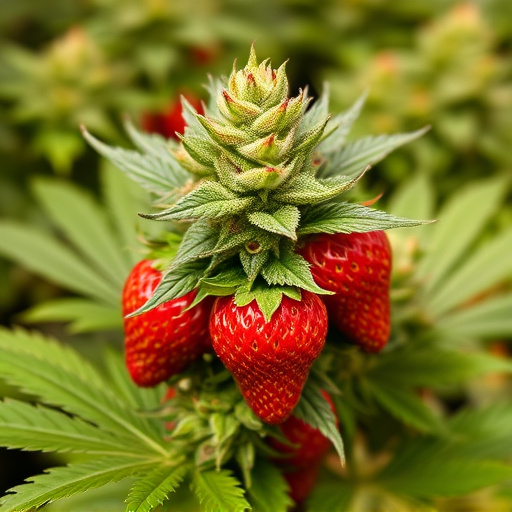
In the world of cannabis, trichomes are tiny yet powerful structures that play a significant role in determining a plant’s potency and unique properties. These hair-like glands, often appearing as tiny crystals on the surface of cannabis flowers, secrete a wide range of compounds, including terpenes and cannabinoids. For strawberry cannabis strains, known for their delightful aroma and flavor profiles, trichomes are particularly important. They contribute to the signature strawberry notes by releasing specific terpene profiles that mimic the essence of ripe strawberries.
Beyond aroma, trichomes are rich in cannabinoids like THC (tetrahydrocannabinol) and CBD (cannabidiol), which offer diverse therapeutic effects. Strawberry strains, often hybrid varieties, leverage their trichome density to deliver potent experiences while maintaining a balanced profile. Understanding the role of trichomes is essential for cultivators aiming to enhance the overall quality and effectiveness of their cannabis products, especially when crafting desirable strawberry-infused experiences.
API responded with status code 524.
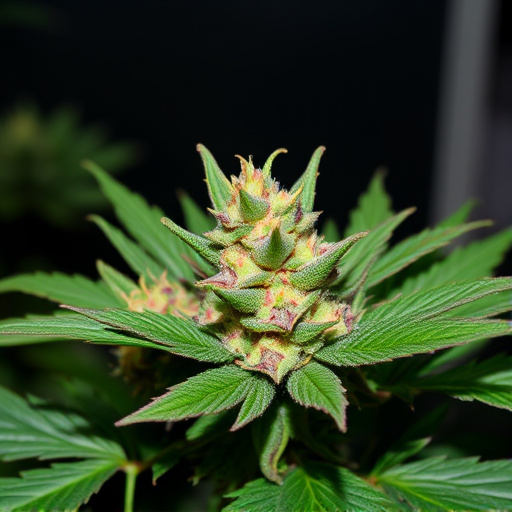
In the realm of cannabis, trichomes—tiny glandular hairs that coat the surface of flowers and leaves—play a pivotal role in determining potency and quality. These intricate structures produce various compounds, including terpenes and cannabinoids, which contribute to the unique flavors, aromas, and therapeutic effects associated with different strains. For instance, strawberry cannabis strains are renowned for their delightful fruity profiles, often attributed to terpene content, such as myrcene and limonene, that mimic the scent of fresh strawberries.
API errors, like a 524 status code, can temporarily disrupt access to vital information on trichome development and cannabinoid profiles. However, understanding these microscopic marvels is crucial for cultivators and consumers alike. By studying trichomes, researchers uncover insights into strain variations, helping to explain why some strawberry cannabis strains deliver intense euphoric highs while others provide more subtle, earthy notes. This knowledge ensures that both novice and experienced users can make informed choices based on desired effects and flavor preferences.
Trichomes, those tiny hair-like structures on cannabis plants, play a significant role in determining potency and quality. In particular, strawberry cannabis strains owe their distinctive flavor and elevated THC levels to these glandular hairs. Understanding trichome development and harvesting at the optimal time can ensure that consumers reap the full benefits of potent strawberry strains, enhancing both the sensory experience and therapeutic potential.
